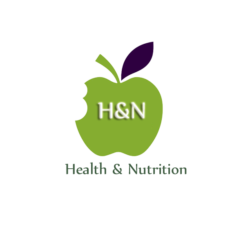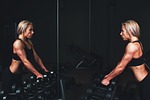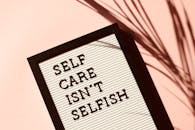Iron-Rich Foods: Top Sources, Supplements, and How to Boost Absorption 2025
Introduction
Iron is a vital mineral that fuels energy production, supports immunity, and carries oxygen through your blood. Yet, iron deficiency is the most common nutritional disorder globally, affecting over 1.2 billion people. Whether you’re battling fatigue, anemia, or simply want to optimize your health, this guide covers the best iron-rich foods, supplements, and science-backed strategies to enhance absorption.

Why Iron Matters
Iron plays two critical roles:
- Hemoglobin Production: Helps red blood cells deliver oxygen to tissues.
- Myoglobin Synthesis: Supports muscle function and energy metabolism.
Deficiency Symptoms: Fatigue, pale skin, dizziness, brittle nails, and shortness of breath.
Top Iron-Rich Foods
Heme Iron (Animal Sources)
Easily absorbed by the body:
- Organ Meats
- Liver (chicken, beef): 15 mg per 3 oz.
- Perk: Rich in vitamin B12 and folate.
- Red Meat
- Beef: 2.7 mg per 3 oz.
- Shellfish
- Oysters: 8 mg per 3 oz.
- Clams: 24 mg per 3 oz (a single serving exceeds daily needs!).
Non-Heme Iron (Plant Sources)
Ideal for vegetarians/vegans (pair with vitamin C for better absorption):
- Legumes
- Lentils: 6.6 mg per cooked cup.
- Chickpeas: 4.7 mg per cup.
- Leafy Greens
- Spinach: 6.4 mg per cooked cup.
- Swiss Chard: 4 mg per cup.
- Seeds & Nuts
- Pumpkin Seeds: 2.5 mg per ounce.
- Cashews: 1.9 mg per ounce.
- Fortified Foods
- Cereals, oatmeal, and plant-based milks (check labels).
Iron Supplements: When Food Isn’t Enough
If diet alone doesn’t meet needs (e.g., pregnancy, heavy periods, or anemia), consider supplements:
- Ferrous Sulfate: Most common and affordable (may cause constipation).
- Ferrous Gluconate: Gentler on the stomach.
- Heme Iron Polypeptide: Derived from animal sources, better absorbed.
- Liquid Iron: Ideal for those who struggle with pills.
Dosage Tips:
- Adults: 8–18 mg/day (27 mg for pregnant women).
- Always consult a doctor before starting supplements—excess iron is toxic!
How to Boost Iron Absorption
Non-heme iron absorption can be doubled with these hacks:
- Pair with Vitamin C:
- Squeeze lemon on spinach, add bell peppers to lentils, or drink orange juice with meals.
- Avoid Iron Blockers:
- Tea, coffee, and calcium-rich foods inhibit absorption—wait 1–2 hours after meals.
- Cook in Cast Iron:
- Acidic foods (e.g., tomato sauce) leach iron from the pan into your meal.
Who Needs More Iron?
- Women: Due to menstruation, pregnancy, or breastfeeding.
- Athletes: Iron loss through sweat and increased red blood cell production.
- Vegetarians/Vegans: Non-heme iron is less bioavailable.
When to Consider Supplements
- Persistent fatigue despite dietary changes.
- Diagnosed anemia (confirmed by blood tests).
- Pregnancy (iron needs nearly double).
FAQs
Q: Can you get too much iron?
A: Yes! Excess iron causes nausea, organ damage, and increases diabetes risk. Stick to recommended doses.
Q: Are plant-based irons inferior?
A: No—pairing with vitamin C (e.g., citrus, strawberries) boosts absorption to match heme iron.
Q: What’s the best time to take iron supplements?
A: On an empty stomach with vitamin C, but if it upsets your stomach, take with a small meal.



